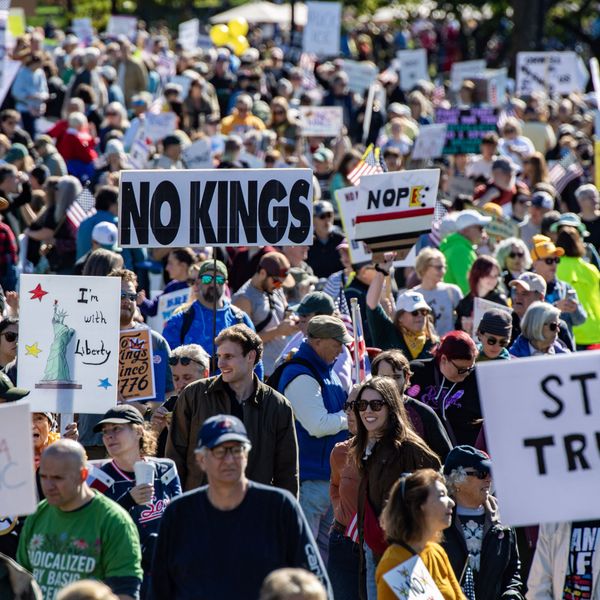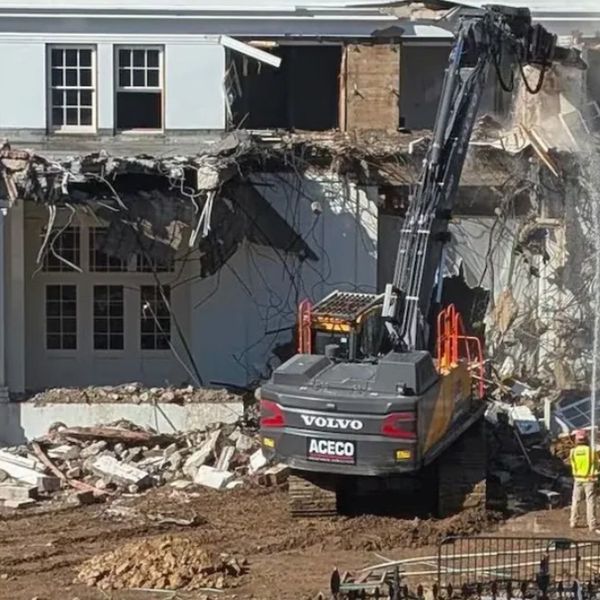Japan's pro-nuclear prime minister has finally asked for global help at Fukushima.
"Our country needs your knowledge and expertise," Shinzo Abe recently told the world community. "We are wide open to receive the most advanced knowledge from overseas to contain the problem."
It probably hasn't hurt that more than 100,000 people have signed petitions calling for a global takeover.
Massive quantities of heavily contaminated water are pouring into the Pacific Ocean. Hundreds of huge, flimsy tanks are also leaking untold tons of highly radioactive fluids.
At Unit #4, more than 1,300 fuel rods, with more than 400 tons of extremely radioactive material, containing potential cesium fallout comparable to 14,000 Hiroshima bombs, are stranded 100 feet in the air.
All this more than 30 months after the 3/11/2011 earthquake/tsunami led to three meltdowns and at least four explosions.
But is Abe being honest about wanting global assistance? "I am aware of three U.S. companies with state of the art technology that have been to Japan repeatedly and have been rebuffed by the Japanese government," says Arnie Gundersen, a Vermont-based nuclear engineer focused on Fukushima. "Three American University professors . . . were afraid to sign the UN petition to Ban Ki-Moon because it would endanger their Japanese colleagues who they are doing research with."
Fukushima Daiichi is less than 200 miles from Tokyo. Prevailing winds generally blow out to sea--directly towards the United States, where Fukushima's fallout was measured less than a week after the initial disaster.
But radioactive hot spots have already been found in Tokyo. A worst-case cloud would eventually make Japan an uninhabitable wasteland. What it could do to the Pacific Ocean and the rest of us downwind approaches the unthinkable.
"If you calculate the amount of cesium 137 in the pool" at Unit #4, "the amount is equivalent to 14,000 Hiroshima atomic bombs," says Hiroaki Koide, assistant professor at the Kyoto University Research Reactor Institute.
The Unit #4 fuel assemblies were pulled for routine maintenance just prior to the earthquake/tsunami. An International Atomic Energy Agency document says they were exposed to the open air, did catch fire, and did release radiation.
Since none of the six GE-designed Daiichi reactors has a containment over the fuel pools, that radiation poured directly into the atmosphere. (Dozens more reactors designed like this operate in the U.S. and around the world.)
Then corrosive seawater was dumped into the pool.
Unit #4 was damaged in the quake, and by an explosion possibly caused by hydrogen leaking in from Unit #3. It shows signs of buckling and of sinking into soil turning to mud by water flowing down from the mountains, and from attempts to cool the cores missing from Units #1, #2 and #3.
Tokyo Electric Power and the Japanese government may try to bring down the Unit #4 rods next month. With cranes operated by computers, that might normally take about 100 days. But this requires manual control. Tepco says they'll try to do it in a year (half their original estimate) presumably to beat the next earthquake.
But the pool may be damaged and corroded. Loose debris is visible. The rods and assemblies may be warped. Gundersen says they're embrittled and may be crumbling.
Some 6,000 additional rods now sit in a common storage pool just 50 meters away. Overall some 11,000 rods are scattered around the site.
Vital as it is, bringing Unit #4's rods safely down is a just a small step toward coping with the overall mess.
Should just one rod fall or ignite, or buildings collapse, or cooling systems fail, radiation levels at the site could well force all humans to leave. Critical electronic equipment could be rendered unworkable. The world might then just stand helpless as the radioactive fires rage.
Gundersen long ago recommended Tepco dig a trench filled with zeolite to protect the site from the water flowing down from the mountains. He was told there was not enough money available to do the job.
Now Prime Minister Abe wants an "ice wall" to run a mile around the site. No such wall that size has ever been built, and this one could not be in place for at least two years.
Gundersen and 16 other experts have filed a list of suggestions with UN Secretary-General Ban Ki-Moon. Thus far there's been no official response.
Abe's request for global help with Fukushima's water problems may be a welcome start.
The team in charge of bringing the fuel rods at Unit #4 down must embody all the best minds our species can muster, along with every ounce of resources we can bring to bear.
The whole world will be watching.


